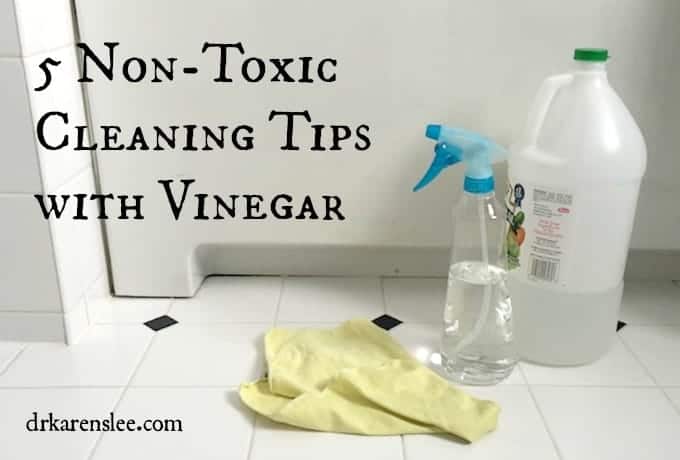
In my house, vinegar is the weapon of choice in germ warfare like many households, for obvious reasons. And pair that with its sidekick baking soda, you got a dynamic duo to do all the heavy artillery work for you. But sometimes people will call in "back up" from hydrogen peroxide and salt for more power. And the combined forces make up a good assault team to combat any germ, grime and dirt you got lurking in your home.
And when you weigh the difference between vinegar vs. bleach, it's obvious that vinegar is pretty good at germ fighting, more than chlorine in some instances. But there are also instances when bleach is better.
So what should we keep in mind when using vinegar to clean?
5 Non-Toxic Cleaning Tips with Vinegar
-
- Use vinegar as a produce wash. Susan Sumner, PhD, a food-safety scientist at Virginia Tech, has researched the effectiveness of vinegar since the late ’90s. She found in one study, published in the 1997 issue of the journal Food Microbiology that spraying vinegar and then spraying hydrogen peroxide on produce killed a majority of E. coli, Salmonella, Shigella, and Listeria bacteria. You can also mix it up, using hydrogen peroxide first, just as long as you don't mix the two together (they're less effective that way). Let produce dry before you eat it.
- Use vinegar as a mold killer. The EPA actually recommends against using chlorine to kill mold, since it may kill the mold on the surface but not its root system deep behind the wall. The most effective way to control mold or mildew growth is to find the source of the problem, such as the crack in your bathtub grout. Vinegar will function in the same way as chlorine; so if you need a surface-mold killer, opt for the natural disinfectant that won't burn your lungs (chlorine is also hard on building materials, and causes them to break down faster). Spray vinegar on surfaces and leave it there to dry.
- Use separate cutting boards. Hydrogen peroxide and vinegar, and even salt and vinegar, will cut down on some level of foodborne bacteria. For thorough protection, rather than resort to chlorine, simply use separate cutting boards for produce and for meats, and wash both in hot, soapy water when you're finished.
- Use wood for your meat. Researchers have found that wood cutting boards are less likely to harbor bacteria than plastic, and if you're still worried about lingering germs, microwave it. Microwaving plastic has no effect on germ growth (plastic doesn't get hot enough fast enough for the technique to work), but it will kill germs on wood.
- Replace your sponges—for good. Sponges can harbor more bacteria than any other kitchen tool. Rather than soak them in bleach, switch to an alternative that you can throw in the wash, such as dishcloths or reusable wipes.
Check out these impressive ways of using vinegar from Reader's Digest. And here is how to kill fruit flies using vinegar.
Source: Rodale.com

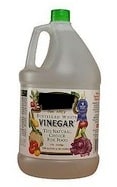
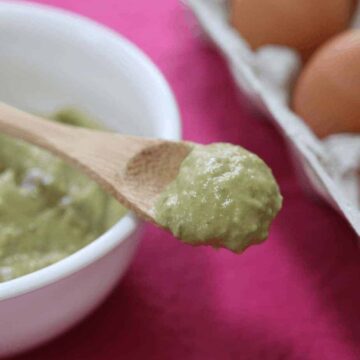
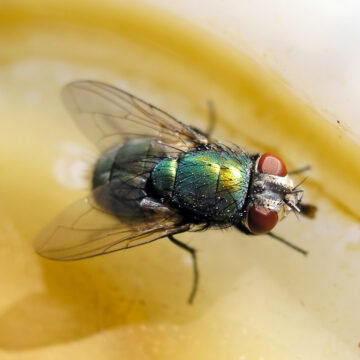
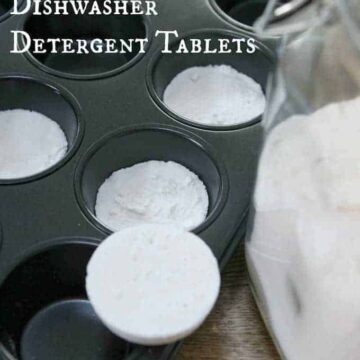
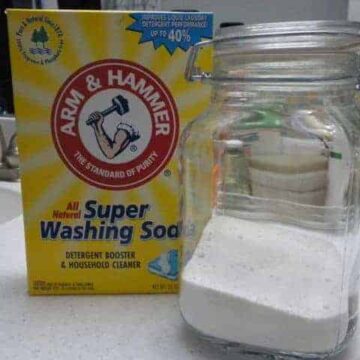
Meagan says
Vinegar and baking soda are amazing cleaners! I hope more people will start cleaning with them. Thank you for your instructions. They are really important!